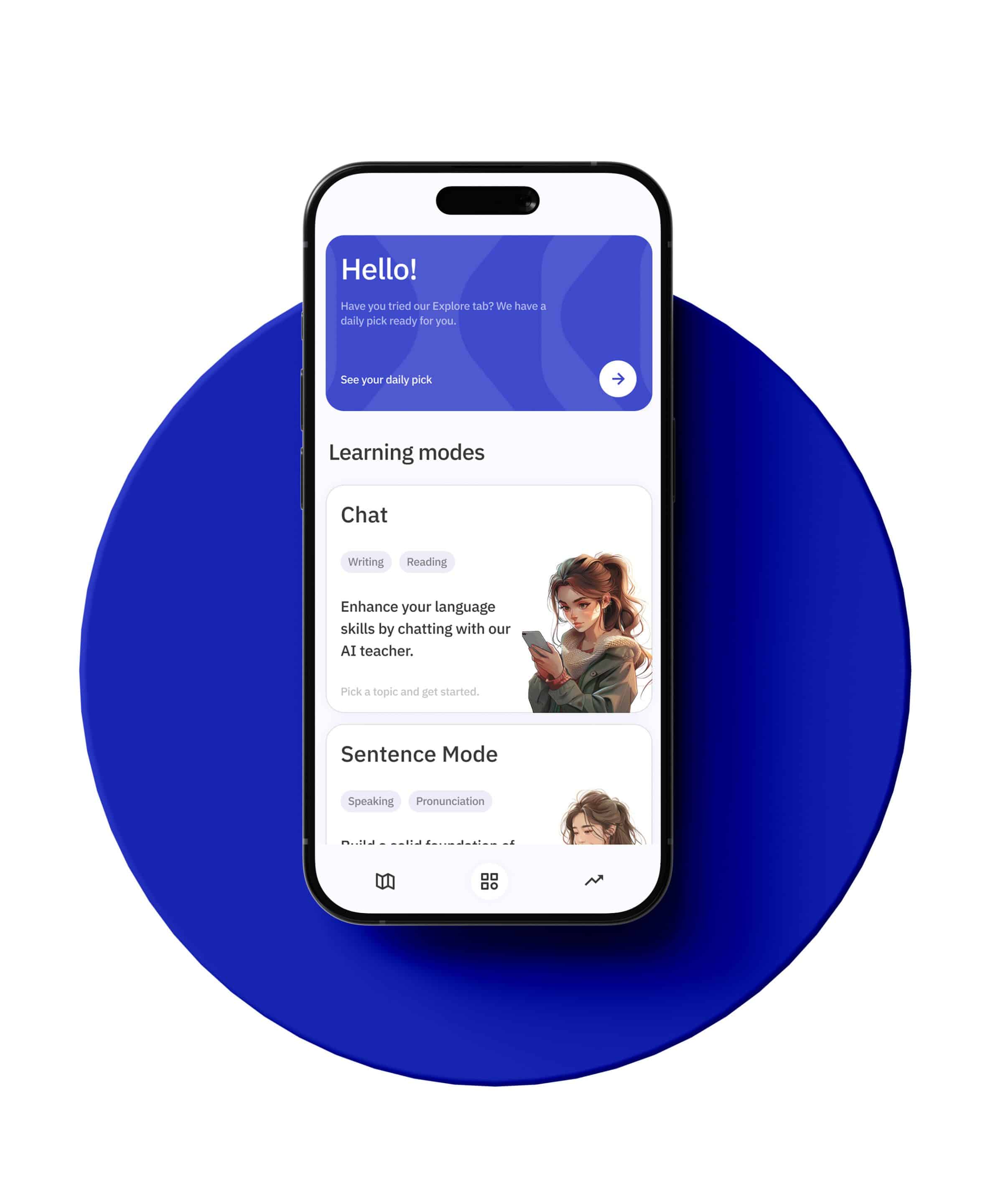Learning a new language involves understanding the nuances of its grammar, vocabulary, and structure. For learners of Korean, mastering conjunctions is essential for creating complex and meaningful sentences. Conjunctions allow you to connect ideas smoothly and add additional information, making your speech and writing more fluent and natural. In this article, we will explore how to use conjunctions to add additional information in Korean grammar effectively.
Understanding Conjunctions in Korean
Conjunctions are words that connect clauses or sentences, allowing you to add information, show contrast, or indicate cause and effect. In Korean, conjunctions serve a similar purpose as in English, but they come with their own set of rules and nuances. Some common Korean conjunctions include 그리고 (and), 그러나 (but), 그래서 (so), and 또한 (also). Let’s dive deeper into how these and other conjunctions are used to add additional information in Korean sentences.
그리고 (And)
The conjunction 그리고 is used to add additional information in a straightforward manner, much like “and” in English. It is often used to link two independent clauses or sentences that are related to each other.
Example:
– 저는 한국어를 공부해요. 그리고 친구들도 많이 사귀었어요.
(I study Korean. And I have made many friends.)
In this sentence, 그리고 connects two separate but related pieces of information: studying Korean and making friends.
또한 (Also)
또한 is another conjunction that is used to add additional information, similar to “also” or “in addition” in English. It is typically used to emphasize that the information being added is equally important.
Example:
– 저는 한국어를 배우고 있어요. 또한 한국 문화를 배우고 있어요.
(I am learning Korean. Also, I am learning about Korean culture.)
Here, 또한 emphasizes that learning about Korean culture is just as important as learning the language.
그렇지만 (But)
To show contrast between two pieces of information, you can use the conjunction 그렇지만, which is similar to “but” in English. This conjunction helps to highlight differences or opposing ideas.
Example:
– 저는 한국어를 잘해요. 그렇지만 발음은 아직 어려워요.
(I am good at Korean. But pronunciation is still difficult.)
In this sentence, 그렇지만 contrasts the speaker’s proficiency in Korean with their difficulty in pronunciation.
그래서 (So)
그래서 is used to indicate cause and effect, similar to “so” or “therefore” in English. It connects a reason with a result.
Example:
– 저는 한국어를 열심히 공부했어요. 그래서 시험에 합격했어요.
(I studied Korean hard. So, I passed the exam.)
Here, 그래서 links the effort of studying hard with the result of passing the exam.
Combining Conjunctions for Complex Sentences
In more advanced Korean, you can combine conjunctions to create complex sentences that convey multiple pieces of information. This allows for more nuanced and detailed communication.
Example:
– 저는 한국어를 열심히 공부했어요. 그리고 친구들도 많이 사귀었어요. 그렇지만 발음은 아직 어려워요.
(I studied Korean hard. And I made many friends. But pronunciation is still difficult.)
In this example, the speaker uses multiple conjunctions to connect different pieces of information, creating a more comprehensive narrative.
Using -고 to Connect Verbs
In addition to using standalone conjunctions, Korean often uses verb endings to connect actions and add information. One such ending is -고, which functions like “and” in English when connecting verbs.
Example:
– 저는 한국어를 배우고 한국 음식을 만들어요.
(I learn Korean and cook Korean food.)
The verb ending -고 connects the verbs 배우다 (to learn) and 만들다 (to cook), allowing the sentence to flow more naturally.
Using -면서 for Simultaneous Actions
The verb ending -면서 is used to indicate that two actions are happening simultaneously, similar to “while” in English.
Example:
– 저는 음악을 들으면서 한국어를 공부해요.
(I study Korean while listening to music.)
Here, -면서 connects the actions of listening to music and studying Korean, indicating that they occur at the same time.
Practice and Application
To effectively use conjunctions in Korean, it’s important to practice creating sentences that incorporate them. Here are a few exercises to help you get started:
1. Write sentences using 그리고, 또한, 그렇지만, and 그래서 to add information about your daily routine.
2. Combine multiple conjunctions to create a paragraph about a recent experience or event.
3. Practice using -고 and -면서 to connect actions in your sentences.
By consistently practicing these exercises, you’ll become more comfortable using conjunctions to add additional information in Korean, enhancing your fluency and communication skills.
Common Mistakes to Avoid
When learning to use conjunctions in Korean, there are a few common mistakes that learners should be aware of:
1. **Overusing Conjunctions:** While conjunctions are useful, overusing them can make your sentences feel cluttered. Use them judiciously to maintain clarity and coherence.
2. **Incorrect Verb Endings:** Make sure to use the correct verb endings when connecting actions. For example, -고 and -면서 have specific uses and should not be used interchangeably.
3. **Ignoring Context:** The choice of conjunction can change based on the context of the sentence. Pay attention to the relationship between the clauses you are connecting to choose the appropriate conjunction.
Conclusion
Mastering conjunctions is a crucial step in becoming proficient in Korean. By understanding how to use conjunctions like 그리고, 또한, 그렇지만, and 그래서, as well as verb endings like -고 and -면서, you can add additional information to your sentences and communicate more effectively. Practice regularly, pay attention to context, and be mindful of common mistakes to enhance your Korean language skills. Happy learning!







